Subtotal: 6,00€
Chikwangue (kwánga or fresh cassava
Chikwangue, also known as Kwanga or Bobolo, is a basic food in Central Africa, prepared from fermented cassava paste, wrapped in steam leaves and cooked. It ideally accompanies the dishes in sauce, grilled meats and soups, offering a slightly tart flavor and dense texture.
2,00€ VAT included
Chikwangue, also called Kwanga in the Democratic Republic of Congo and Bobolo in Cameroon, is a prized culinary specialty in Central Africa. This dishes is made from fermented cassava roots, transformed into a dense paste, wrapped in marantacea or banana leaves, then steamed. The fermentation process, which generally lasts between three and five days, gives Chikwangue its separate and slightly tart flavor.
The traditional preparation of chikwangue implies several essential stages:
1. ** Fermentation: ** The cassava roots are peeled, cut into pieces and submerged in the water to ferment for several days. This fermentation reduces the cyanogenic compounds present naturally in cassava, thus making it sure for consumption.
2. ** Transformation into paste: ** Once fermented, the roots are crushed to obtain a smooth and homogeneous paste.
3. ** Fhashing and cooking: ** The dough is then hermetically wrapped in marantacea or banana leaves, forming sticks, then steamed or porridge for about two hours.
The chikwangue is tasted hot or at room temperature and serves as a variety of dishes, including spicy sauces, grilled meats and soups. Its firm texture and its ability to absorb the flavors make it an ideal complement to dishes rich in sauce.
In addition to its appreciated taste, chikwangue is a significant source of energy thanks to its high carbohydrate content. It can be kept for several days without refrigeration when maintained in its envelope of leaves, which makes it practical for daily meals.
For those who wish to discover or find the authentic flavors of Central Africa, Chikwangue is available in certain specialized grocery stores and can be prepared at home by following traditional recipes.
| Weight | 0.285kg |
|---|

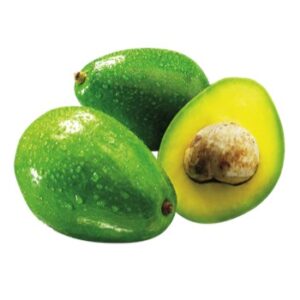 Avocado from Brazil (Large Caliber 0.6kg to 0.8kg)
Avocado from Brazil (Large Caliber 0.6kg to 0.8kg) 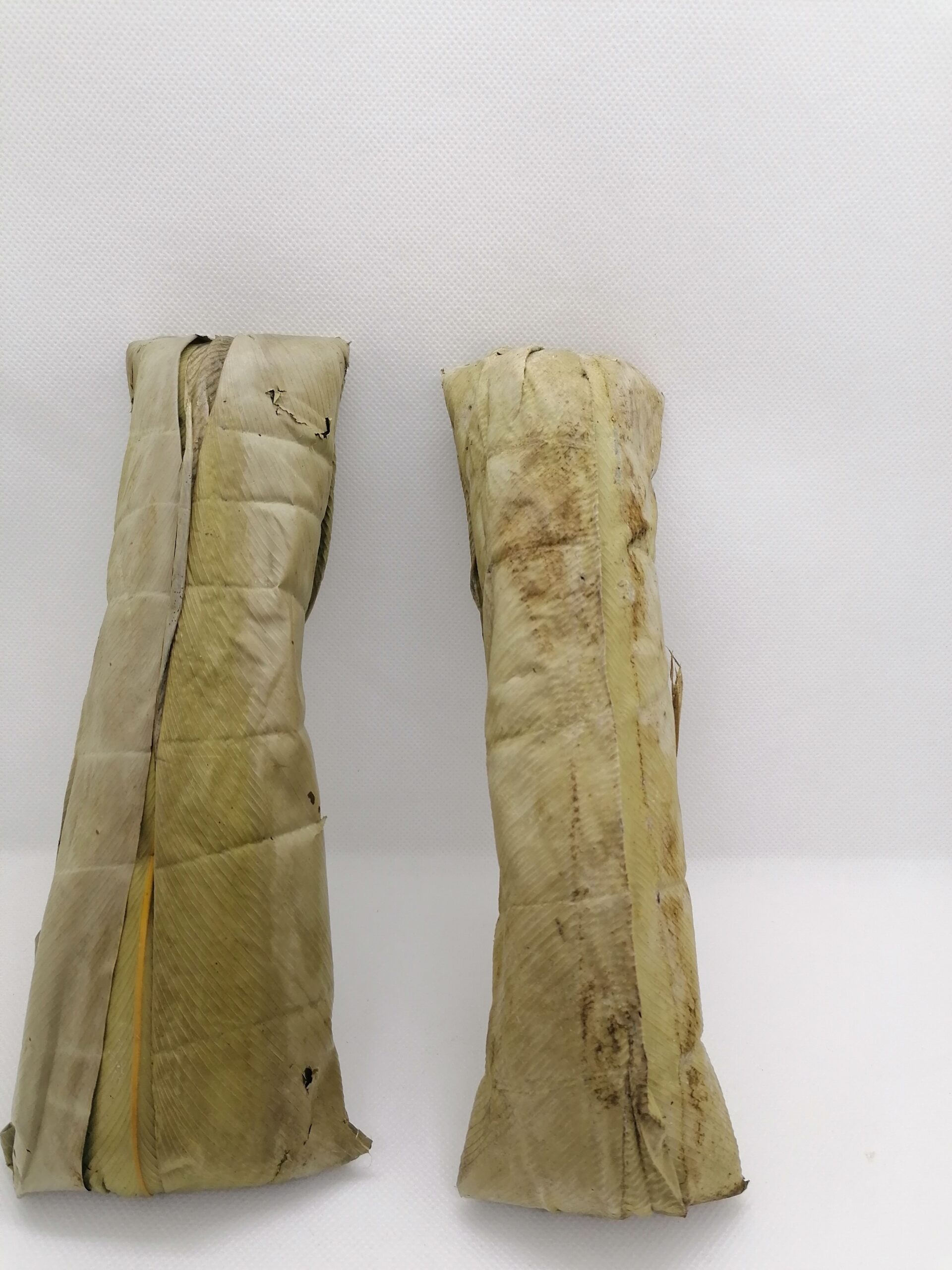
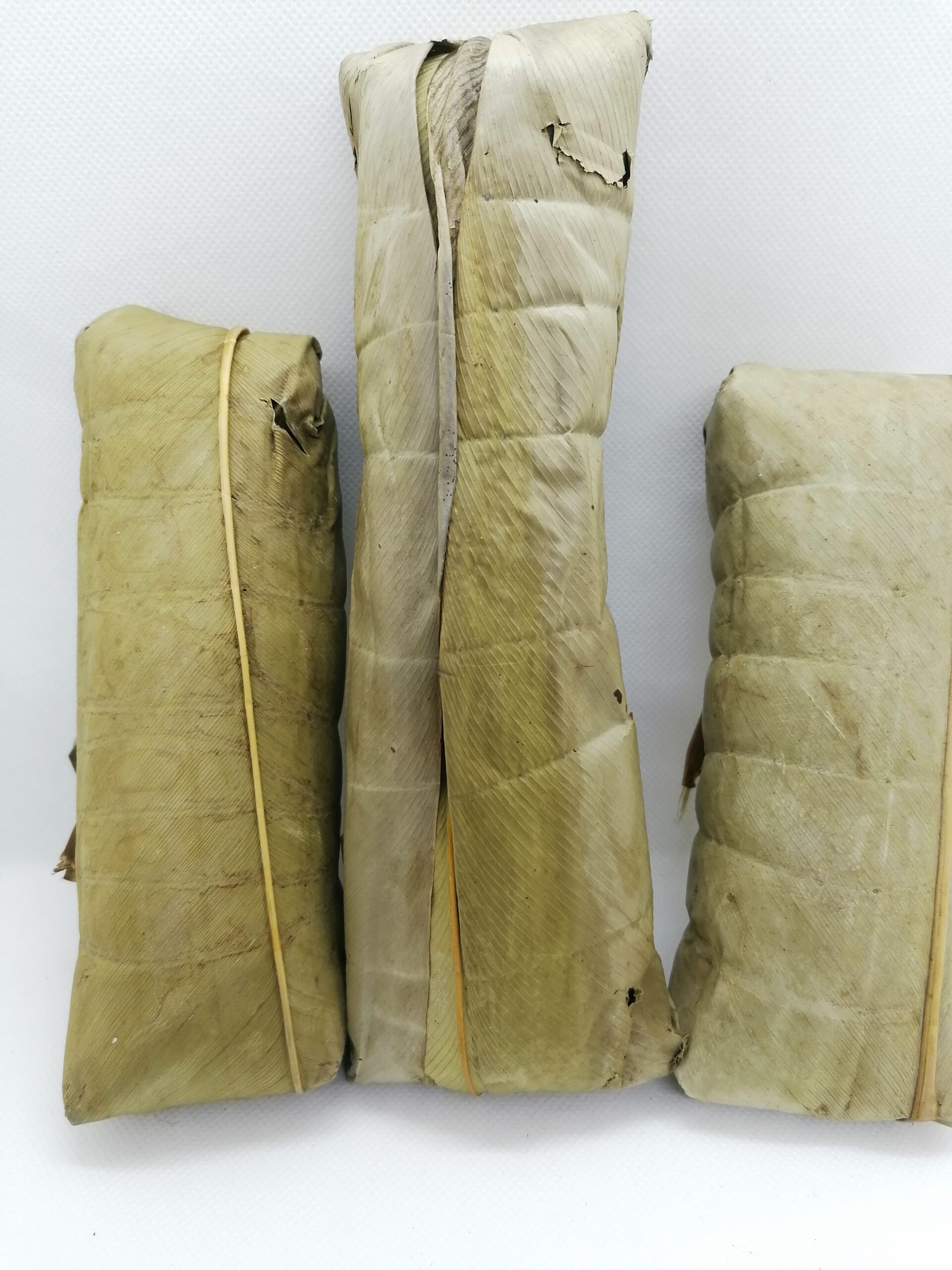
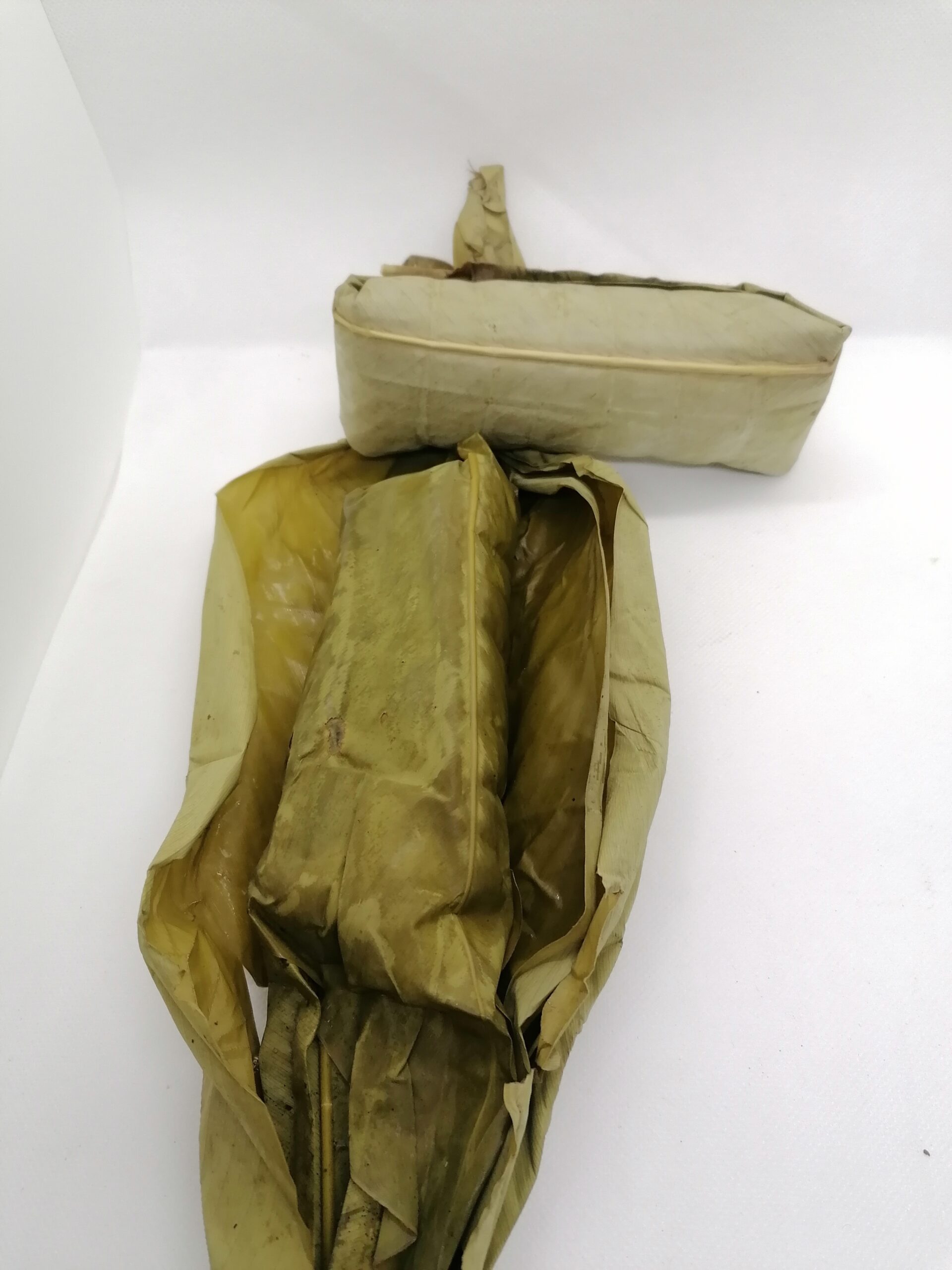
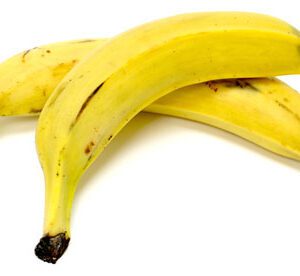
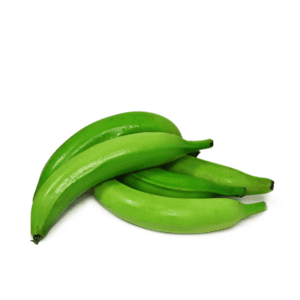
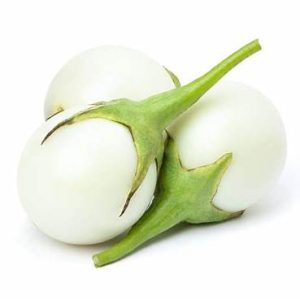
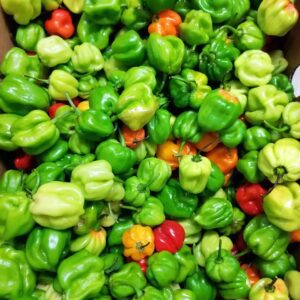
There are no reviews yet.